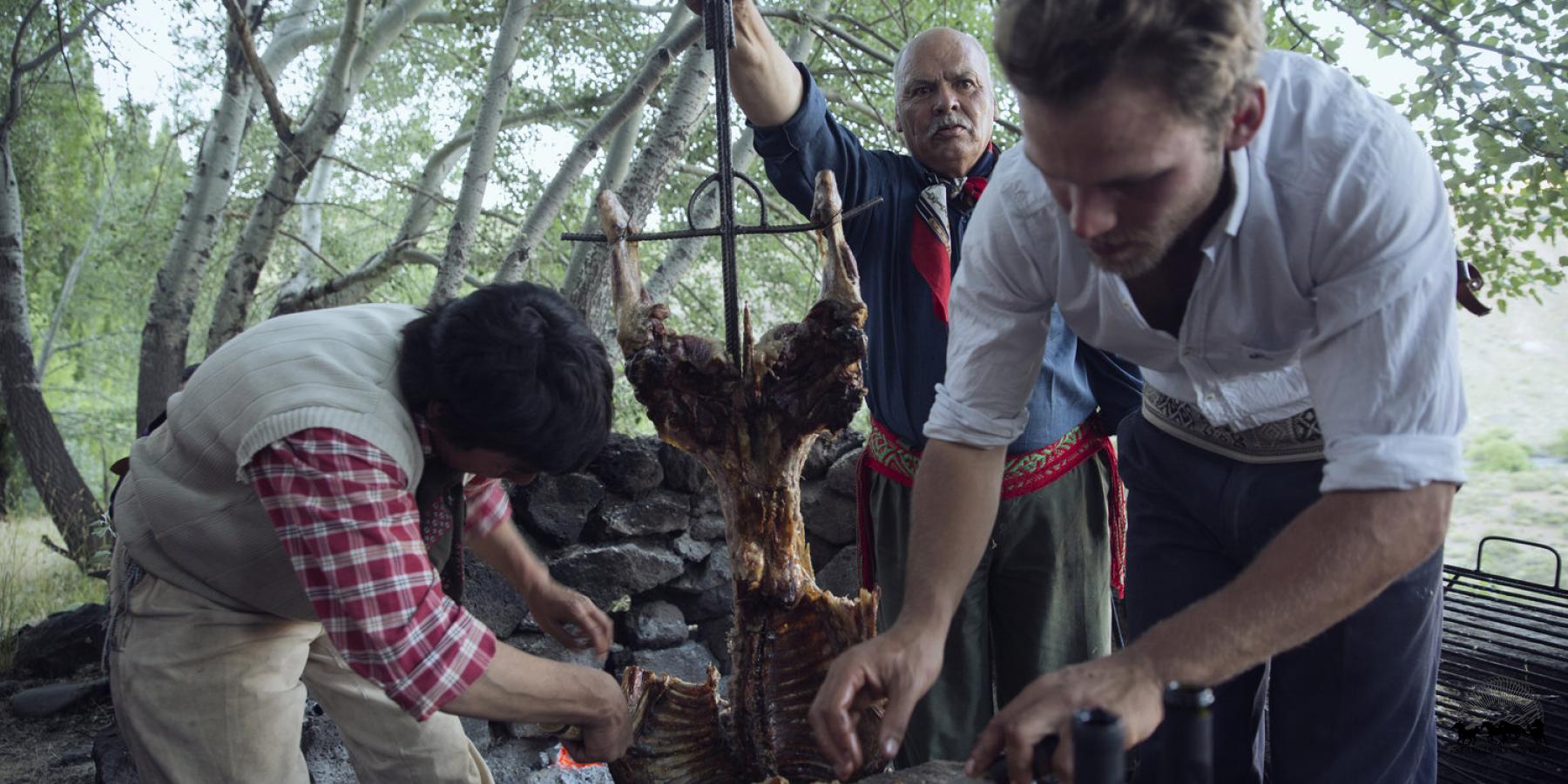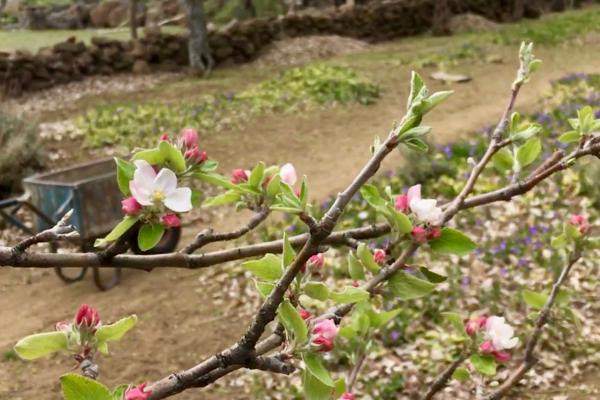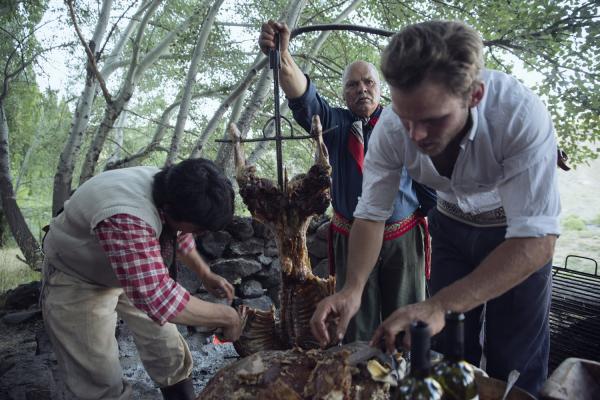The asado lives at the heart of the culture of Argentina. Here at Ranquilco, we regularly enjoy this Argentine tradition, made even better because we raise all of our own meat. Almost weekly, we host community-wide gatherings at the main lodge with music, dancing, and our personal favorite - a chivito (baby goat) asado. There is a great feeling of appreciation and togetherness when we make asados - butchering and preparing an animal from the very land you live on is a special and rare gift.
The gauchos generally handle the meat cooking at our community asados, and our chefs produce the traditional accompaniments. Typical sides include: freshly baked bread and/or tortas fritas (buns deep fried in animal fat or vegetable oil), onion salad, and aji (chile) sauce. Because we are a multi-cultural community, we'll often prepare green salads, potatoes, and other delicious sides as well.
Read on for information about how Estancia Ranquilco does the best asado!
1. Time it right:
The asado starts at about 5pm with the building of the fire by a member of the community. Don Diogenes, the ranch goat herder, brings a freshly slaughtered chivito down the hill to the lodge, salts it with copious amounts of coarse salt, and attaches it with wire to the asador (metal cross). Before starting to cook the meat, we feed and stoke the fire for at least an hour in order to produce a large pile of coals - this is key to the success of our perfectly cooked chivito asados.
2. Tending the fire:
When the flames and smoke of the initial fire have calmed, you will have a pile of coals from which to rake glowing embers to sit under the meat. Let the coals do their magic rather than the flames - slow and steady is key to a tender asado. Continually feed the fire on the side to keep producing more coals, but be careful not to build it too large or get the flames too close to the animal. As the animal cooks, sitting upright over the bed of coals, its own fat will drip down it, slowly imbuing the flavor of the meat with a delicious richness. After about 3 hours, the animal should be close to done. The last step is to lay the animal horizontally on the grill just over the coals to crisp up the skin.
4. Forget the fork and plate:
Though this delicious salty meat can stand alone, it's even better accompanied by tortas fritas - dough fried in goat fat, and aji, a tangy dried pepper sauce. The tradition is to cut the meat right off the asador and onto a piece of bread which serves as the plate. No forks needed - just a sharp knife!
5. Best of both worlds:
To merge Argentina's traditional style asado with other cuisine types, we often serve the traditionally cooked meat and a number of Argentine classics alongside dishes that are more typical of American or European cuisine. It’s great being able to combine the two, and always makes for an interesting and delicious meal suited to people with all sorts of dietary needs. Here at Ranquilco, our salads are harvested from our very own organic garden just moments before we serve them.
6. Sit together and enjoy:
From guests to gauchos, garden volunteers to ranch hands, when we all sit down together around the asado we connect as a community. Asados are one of the heartbeats of our remote ranch life.
If you would like to try an asado at home, ask your local butcher if they sell whole animals. Or, oftentimes, you can go directly to the source and get a goat or a lamb from a local rancher. Slow roast it in an outdoor oven or fire pit, serve with traditional Argentine sides, and enjoy in the company of your friends!











